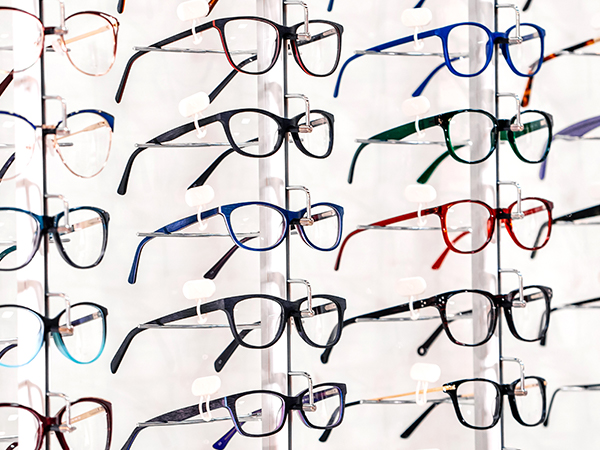
July 30, 2020
At-Home Tips from Dr. Sally Talaga
To Our Dear Patients,
I wanted to take a moment to send a warm hello, as well as keep you apprised of where I have been. Over the past few months, I have needed to temporarily pause my optometry role to take care of my kids and help with their schooling at home due to the COVID-19 pandemic. I am sure that many of you are in this same situation or have friends and family who are.
It seems that I will be continuing my role as mom and “Teacher Talaga” for a while longer, at least until it is deemed safe for our children to return to school. In the meantime, I wanted to offer a few pointers on how you can care for your eyes in quarantine:
Many of us are stuck at home and in front of a screen much more. Our bodies are not meant to sit fixed in one spot all day long, including our eyes. Staying focused on a digital screen for hours upon hours is a strain on our eyes just as doing bicep curls for hours upon hours would be on our arms! Optometrist’s favorite rule, the 20-20-20 rule, can help with this. This involves taking 20 seconds to focus on a distant object (20 feet away or further) after every 20 minutes of computer work. Basically, this gives your eyes a chance to refocus their muscles on a different point in space and take a break to “stretch.”
Looking at a digital screen can also cause fatigue and dry eyes. The high-energy blue wavelengths of light emitted from our screens contribute to the tired feeling our eyes get after a long day of computer work. Studies have shown that our focus on a computer screen reduces our blink rate by half of what it should normally be, which means more environmental exposure of our eye surfaces, less tears introduced from eyelid closure and therefore, drier and unhappier eyes. Keeping artificial tears by your computer is a great way to remind yourself to re-moisturize your eyes periodically. A blue-blocker spectacle lens coating can make a big difference in reducing your computer-related eye fatigue.
Some of us can also benefit from a separate pair of prescription glasses that are adjusted for our computer working distance to allow for less strain and ease of focus at such a relatively close focal distance. Next time you visit our office, ask the team if these options may help you.
If you have kids at home that are also stuck on screens for virtual learning this upcoming school year, remember to get them outside! Ideally, younger children should get about two hours of outdoor time per day to help reduce their risks of developing myopia, or near-sightedness.
If you have questions about your child’s visual development and concerns regarding their near-sighted shift, our in-house myopia control expert, Dr. Lana Tu, is a great resource.I miss seeing all of your faces (and eyes!). Stay safe and well!
Dr. Sally Talaga







